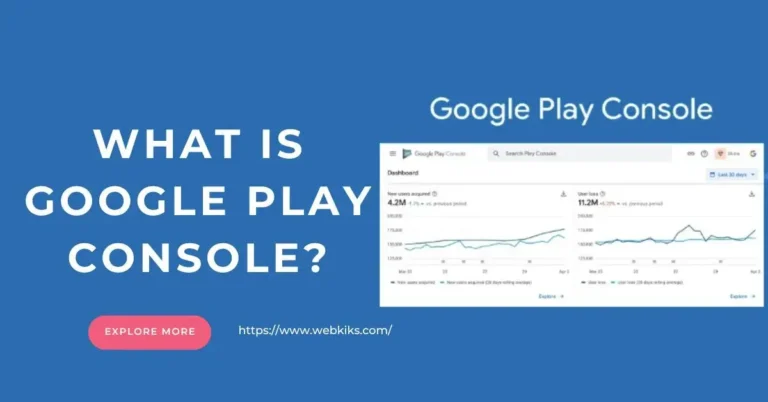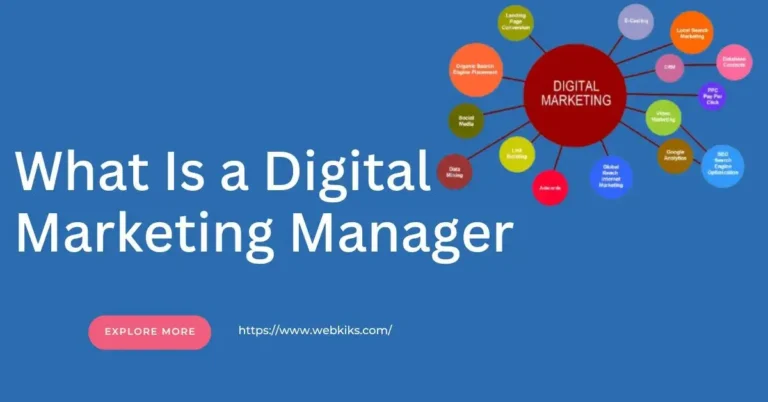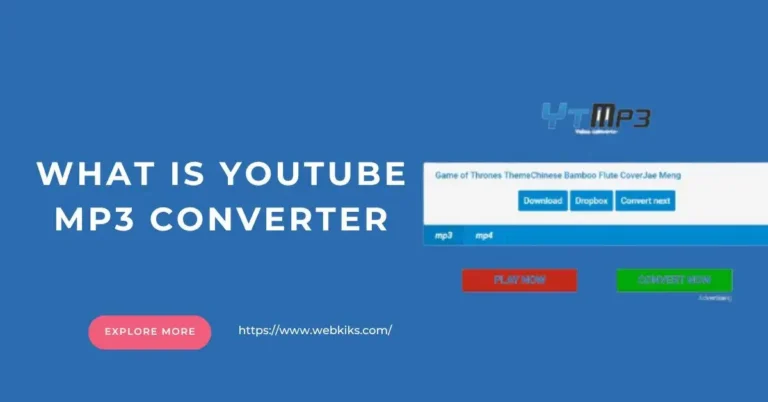Before you start your journey on the journey is to create your social media platform. It is essential to grasp the current dynamics of the field. So, the dominance of established platforms like Facebook, Instagram, Twitter, and LinkedIn has reshaped online interaction, offering a plethora of features like profiles, newsfeeds, messaging, and content sharing, knitting vast global networks of connections.
Nevertheless, there’s an opportunity for specialized social media platforms targeting niche interests or specific industries. So, these platforms cater to distinct demographics or professional communities, providing customized experiences that foster deeper engagement among users.
So, it is good to get a unique niche and stay abreast of market trends, you can carve out your distinct presence in the social media realm.
Guide About How To Create A New Social Media Platform?
Here’s a guide to start your journey into launching your social media platform:
- Discover Your Niche
Embark on your journey to launch your own social media platform by discovering your niche. What community do you envision fostering? Will it cater to artists, musicians, or writers? Perhaps it will be a hub for fitness enthusiasts, foodies, or avid travelers.
Once you pinpoint your niche, delve into understanding your target audience. Explore their preferences and desires on a social media platform. This insight will guide you in tailoring your platform to meet their specific needs and passions.
- Select Your Platform
Next, decide on the platform that aligns with your vision. Will it manifest as a sleek mobile application, an accessible web-based platform, or a hybrid of both? Factor in the functionalities you wish to incorporate, such as messaging capabilities, interactive commenting features, seamless content sharing, and customizable user profiles.
- Grow Your Audience
After launching your social media platform, focus on growing your audience. Kickstart this process by promoting your platform across social media channels, relevant blogs, and forums within your niche. Rally your friends and family to join and encourage them to invite others.
Consider incentivizing early adopters with perks like discounts, free trials, or exclusive content. These incentives can help cultivate a dedicated user base and generate excitement around your platform.
- Monetize Your Platform
It is good to transition to monetization by exploring various revenue streams. Advertising, sponsored content, and subscription-based models are popular avenues.
Forge partnerships with brands and influencers in your niche to create sponsored content that showcases their offerings. Alternatively, introduce premium features or content for a subscription fee, such as exclusive event access or educational workshops.
In today’s digital landscape, social media dominates our social interactions. Platforms like Facebook, Instagram, Twitter, and Snapchat have transformed how we connect globally. Yet, have you considered crafting your own social space? The journey of launching your platform is not as daunting as it appears. It’s an opportunity to express your creativity, foster community, and even generate income.
Key Features Of A Thriving Social Media Platform
In the era of social media, success is not merely about having a platform; it’s about crafting an experience that captivates and engages users. From fostering meaningful connections to offering innovative functionalities. Thus, a successful social media platform is built upon a foundation of key features that cater to the needs and desires of its audience. Let’s set into the essential elements that contribute to the success of such platforms:
- Perfect UI And UX
It is good to make an intuitive user interface (UI) and user experience (UX). A seamless and user-friendly interface is paramount for retaining users. Navigation should be intuitive, and actions should be easy to execute. A well-designed UX ensures that users can effortlessly explore the platform and interact with its features.
- Personalization And Customization
Empower users to tailor their experience by offering personalized content recommendations, customizable profiles, and preference settings. This fosters a sense of ownership and belonging, enhancing user engagement and satisfaction.
- Robust Privacy And Security Measures
Make a good user trust to prioritize privacy and security. However, it is good to implement robust data protection measures and secure authentication processes. In addition to this transparent privacy policies safeguard user information and maintain a safe online environment.
- Interactive Features
Drive engagement through interactive features such as likes, comments, shares, and reactions. Incorporate real-time messaging, group chats, and community forums to facilitate dynamic interactions and meaningful conversations among users.
- Visual Appeal
Leverage visually compelling elements such as high-resolution images, videos, and multimedia content to captivate users’ attention. Therefore create a multimedia-rich format to convey messages effectively and stimulate user engagement.
- Mobile Compatibility
With the prevalence of mobile devices, ensure seamless compatibility across various platforms and screen sizes. Optimize the platform for mobile responsiveness to deliver a consistent and enjoyable user experience on smartphones and tablets.
- Community Building Tools
Empower users to connect with like-minded individuals and cultivate communities around shared interests. Provide tools for creating groups, events, and discussions, fostering a sense of belonging and camaraderie among users.
- Analytics and Insights
Equip users and administrators with comprehensive analytics tools to track performance metrics, monitor engagement levels, and gain valuable insights into user behavior. Data-driven insights enable informed decision-making and continuous improvement of the platform.
- Integration with Third-Party Services
Enhance the platform’s functionality by integrating with third-party services and APIs. It also offers seamless integration with popular social media networks and productivity tools. Moreover, it is a content-sharing platform to streamline user workflows and enhance user experience.
- Continuous Innovation and Adaptation
Stay ahead of the curve by embracing innovation and adapting to evolving user preferences and technological advancements. Regularly update the platform with new features, enhancements, and optimizations to keep users engaged and excited about the platform’s evolution.
How To Make Money From Social Media Platforms?
Making money from social media platforms has become increasingly feasible with the rise of digital marketing and influencer culture. Here are several strategies individuals and businesses can employ to monetize their presence on social media:
Advertising Revenue
One of the most common methods is through advertising. Social media platforms like Facebook, Instagram, Twitter, and YouTube offer advertising options that allow businesses to target specific demographics and interests. Content creators can earn revenue through ad placements on their videos, posts, or websites.
Sponsored Content
Brands often collaborate with influencers or content creators to promote their products or services. Influencers leverage their audience and credibility to endorse brands through sponsored posts, reviews, or partnerships. Compensation can vary based on factors such as audience size, engagement rates, and the scope of the collaboration.
Affiliate Marketing
Affiliate marketing involves promoting products or services and earning a commission for every sale or referral generated through the affiliate link. Content creators can partner with affiliate programs relevant to their niche and integrate affiliate links into their content, such as blog posts, videos, or social media posts.
Digital Products And Services
Creators can monetize their expertise by offering digital products or services such as online courses, ebooks, webinars, consulting services, or membership subscriptions. Social media platforms serve as valuable channels for promoting and selling these digital offerings to their audience.
E-commerce and Product Sales
Businesses can leverage social media platforms to drive traffic to their e-commerce websites or online stores. Content creators can also sell merchandise, branded products, or exclusive merchandise lines to their followers directly through their social media profiles.
Crowdfunding and Donations
Some platforms offer crowdfunding or donation features that allow creators to receive financial support from their audience. Platforms like Patreon, Ko-fi, and PayPal Donations enable creators to offer exclusive content or perks to their supporters in exchange for financial contributions.
Event Sponsorships and Partnerships
Organizing or participating in events such as workshops, conferences, or meetups can be monetized through sponsorships and partnerships with brands or organizations. Social media platforms serve as promotional channels for marketing and selling event tickets or securing sponsorships.
Brand Collaborations And Ambassadorships
Content creators can establish long-term partnerships with brands as brand ambassadors or collaborators. These collaborations may involve content creation, product endorsements, event appearances, or ongoing promotion campaigns in exchange for compensation or perks.
Consulting and Freelancing
Social media platforms can serve as platforms for showcasing expertise and attracting clients for consulting services or freelance work. Professionals in various fields such as marketing, design, writing, or coaching can leverage social media to attract clients, network with industry peers, and showcase their portfolios.
Licensing And Syndication
Content creators can monetize their content through licensing agreements with media outlets, publishers, or other platforms. Licensing involves granting permission for others to use or repurpose their content in exchange for licensing fees or royalties.
Conclusion
Creating a social media platform involves careful planning, strategic decision-making, and leveraging the right tools and resources. Whether you’re starting from scratch or using existing platforms like WordPress, the key is to prioritize user experience, engagement, and community building.
It is also important to focus on essential features, customization options, and effective promotion, you can create a successful social media platform that resonates with your target audience and fosters meaningful connections. With dedication, creativity, and continuous iteration based on user feedback, you can embark on a journey to establish your unique presence in the digital landscape.
Frequently Asked Questions
How To Create A Social Media Platform For Free?
To create a social media platform for free, start by leveraging open-source software like BuddyPress or Oxwall. Then, utilize free website builders or opt for cloud-based platforms such as Mastodon or Diaspora. Customize your platform with essential features and promote it to attract users without incurring any upfront costs.
How To Create A Social Media Platform Like Facebook?
To create a social media platform like Facebook, begin by designing a user-friendly interface and incorporating key features such as profiles, news feeds, and messaging functionalities.
Develop a robust backend infrastructure to handle user data securely and ensure scalability. Set on fostering community engagement and continuously iterating based on user feedback to refine and improve the platform’s experience.
How To Create A Social Media Platform Like Instagram?
To create a social media platform like Instagram, prioritize visual content and a seamless user experience. Implement features such as photo and video sharing, filters, and a timeline feed.
Focus on building a strong community around shared interests and provide tools for interaction and engagement, such as likes, comments, and direct messaging.
How To Create A Social Media Platform On WordPress?
To create a social media platform on WordPress, you can utilize plugins like BuddyPress or PeepSo, which are specifically designed for building social networking sites.
Install and activate your chosen plugin, configure its settings, and customize the appearance and functionality to suit your needs.
With WordPress’s flexibility and extensive plugin ecosystem, you can create a social media platform with features like user profiles, activity streams, groups, messaging, and more, all within the familiar WordPress environment.






